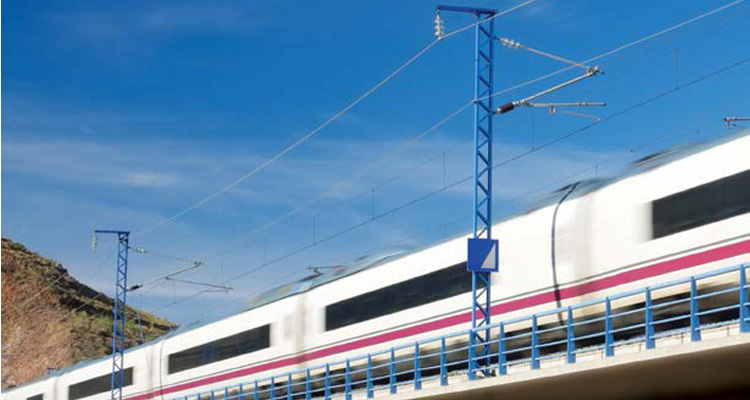
As the climate changes, local governments must prepare for greater wet weather events. Managing large volumes of stormwater will be an ongoing challenge.
Green infrastructure is a cost-effective solution to reduce combined sewer overflows which can impact public health; and flooding which threatens public safety and the economy. While green infrastructure offers multi-use benefits, it lacks a dedicated revenue stream. One idea is a fee on impervious property surface — such as rooftops, parking lots and driveways — that cause rainfall to run off into combined sewers, stormwater drains and local waterways.
New Jersey’s water systems must be addressed. According to the latest EPA Needs Surveys, New Jersey’s drinking water and wastewater systems require infrastructure investments of at least $8 billion and $17.5 billion, respectively, over the next 20 years to meet the water quality and public health goals of the Clean Water Act.
The recently passed Water Quality Accountability Act requires comprehensive assessment to ensure that water systems deliver the optimum level of service through sufficient investment and planned maintenance. Known as asset management, this requirement will force many utilities to make sizable investments to protect the health and welfare of the citizens of New Jersey.
Transportation is also key to the welfare and quality of life of New Jersey residents. The future of New Jersey’s economy relies on the efficient and sustainable movement of people and goods around the region, yet the transportation sector is state’s largest source of emissions. New Jersey Department of Transportation (NJDOT) and New Jersey Transit (NJT) have critical roles to play in supporting vibrant communities and ending over-reliance on fossil-fuel dependent transportation.
At the same time, NJT’s operating budget is substantially underfunded. As a result, NJT has relied on capital-to-operating transfers, roughly $500 million annually, to fill the gap. This practice stifles NJT’s ability to engage in long-term planning and meet its capital needs. NJT needs a reliable, dedicated funding source for operating needs.
Train and transport centers will be the new hub. National studies reveal that about one-quarter of housing demand in the near future will be for residences within a half mile of train stations. Prioritizing Smart Growth land-use decisions that steer development to these places in and near existing communities will be key. A comprehensive approach to land use should provide technical and financial assistance to municipalities that redevelop around rail stations while prioritizing green infrastructure, green streets and parks to create healthy, walkable, vibrant communities known as Transit Oriented Development (TOD) areas.
Smart Growth also encompasses a complete streets policy that promotes safety for pedestrians, bicyclists and other users of New Jersey roadways through innovative bicycle- and pedestrian-friendly infrastructure. Despite adopting the policy in 2009, the state continues to be identified by the Federal Highway Administration as a "Pedestrian Focus State" due to its high rate of pedestrian casualties (twice the national average). From connecting sidewalks to creating safe bikeways, New Jersey can protect all residents, whether pedestrian, cyclist or commuter.
 Not Started
Not Started
 In Progress
In Progress
 Completed
Completed
-
First 100 Days
- Housing and Mortgage Finance Agency
- Department of Human Services
- New Jersey Redevelopment Authority
- Education
- New Jersey Division of Consumer Affairs
- Department of State
- Business Action Center - Department of State
- Office of Secretary of Higher Education
- Plastics Advisory Council
- Department of Treasury
- Higher Education
- State Agriculture Development Council
- New Jersey Transit Village Program
- Metropolitan Planning Organizations
- New Jersey Transit
- State Planning Commission
- Secretary of State - Office of Planning Advocacy
- Secretary of State - Division of Travel and Tourism
- Secretary of State
- Drinking Water Quality Institute
- Office of the Attorney General
- First Lady’s Office
- Governor’s Office - Authorities Unit
- Governor’s Office
- Department of Labor and Workforce Development
- Schools Development Authority
- Office of Emergency Management
- Agriculture
- Department of Education
- Department of Health
- Department of Children and Families
- Economic Development Agency
- Infrastructure Bank
- Board of Public Utilities
- Department of Transportation
- Department of Community Affairs
- Department of Environmental Protection
- Motor Vehicles Commission